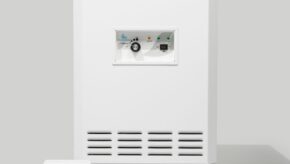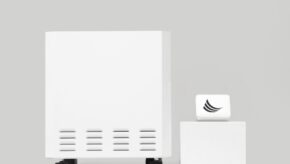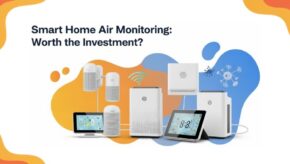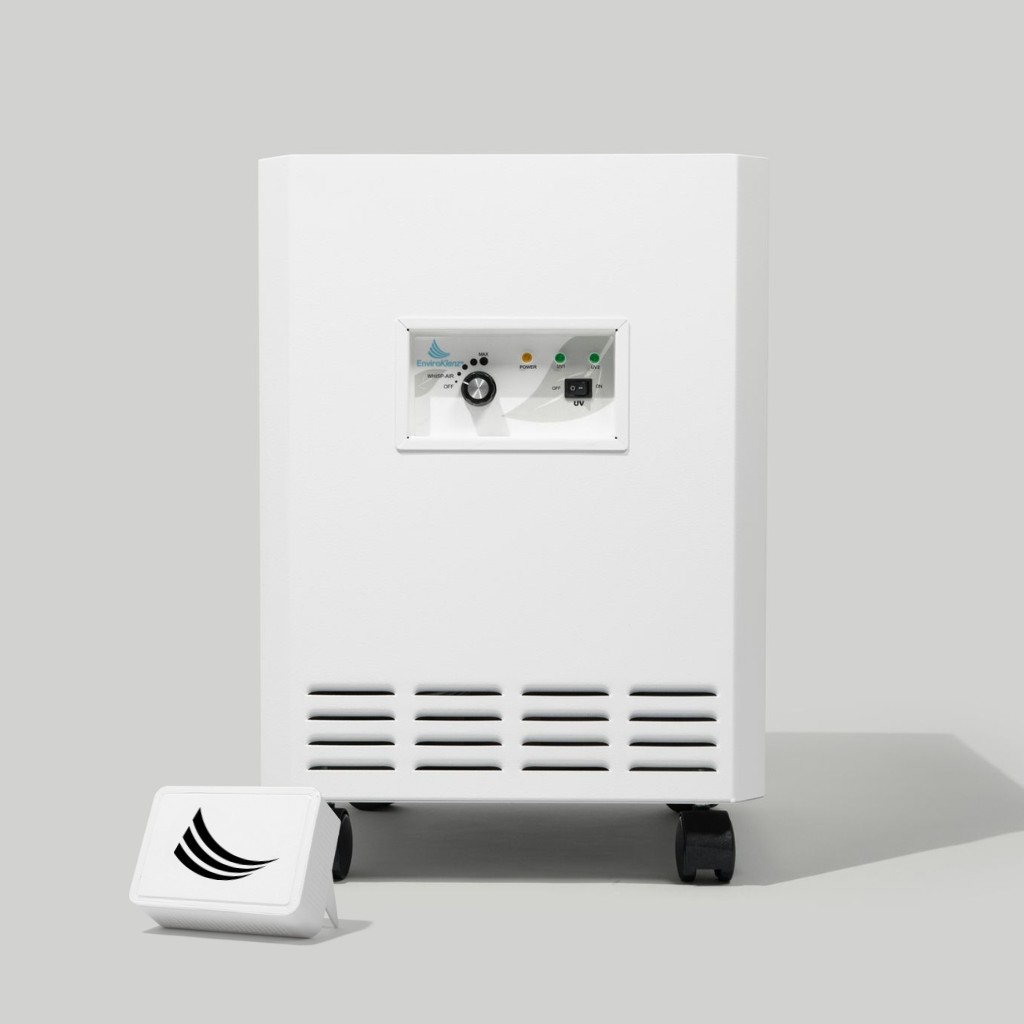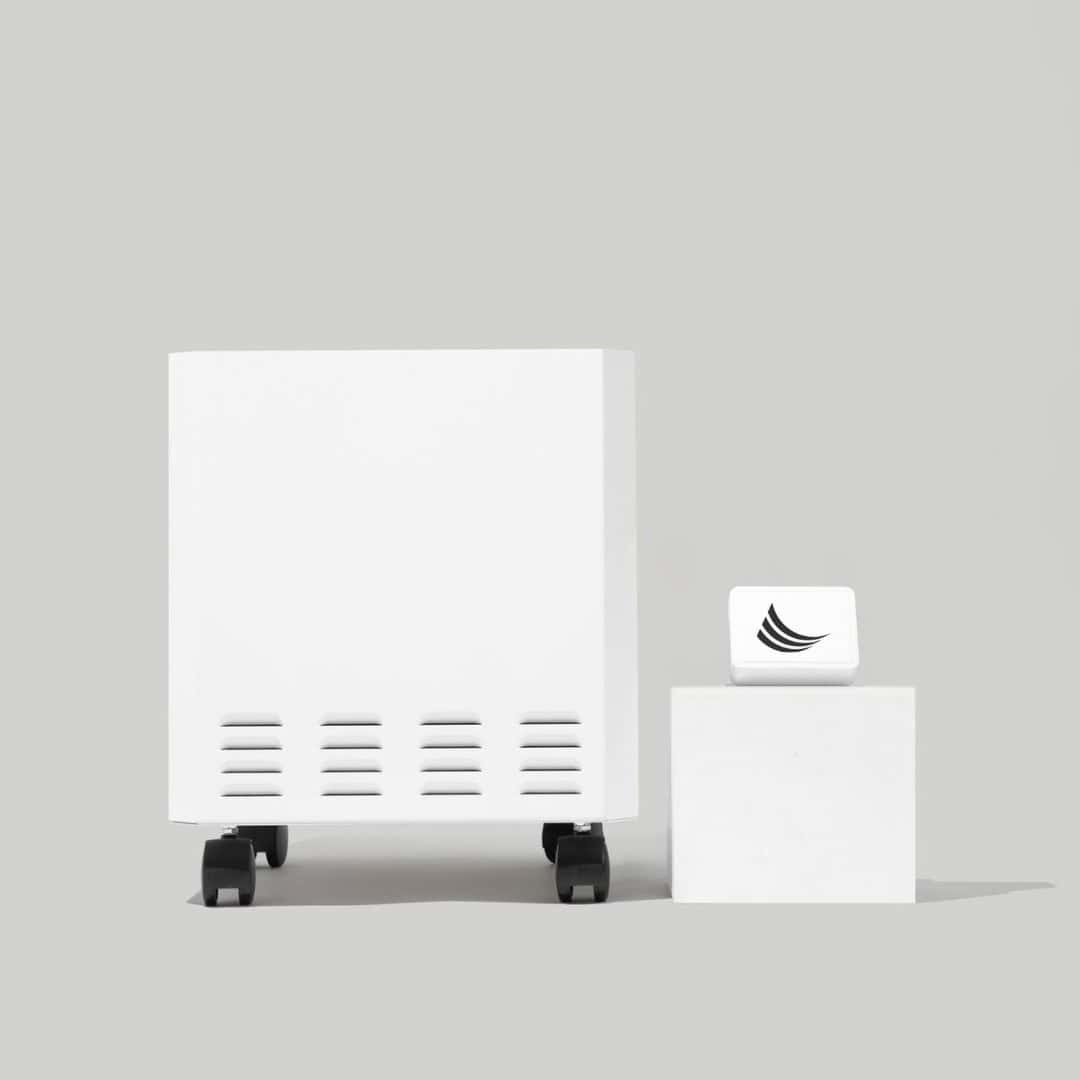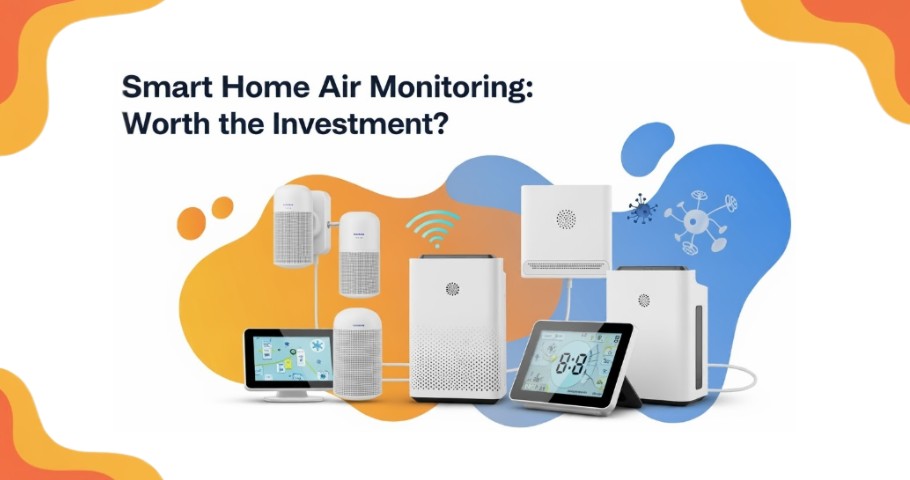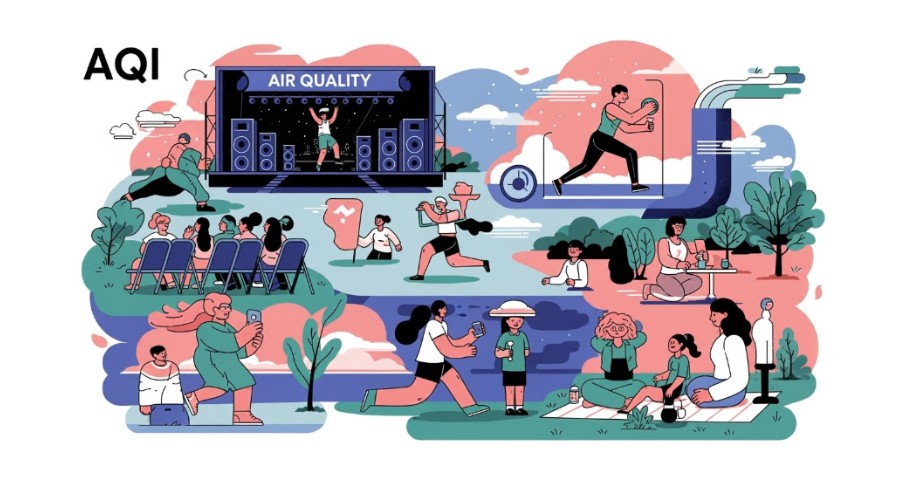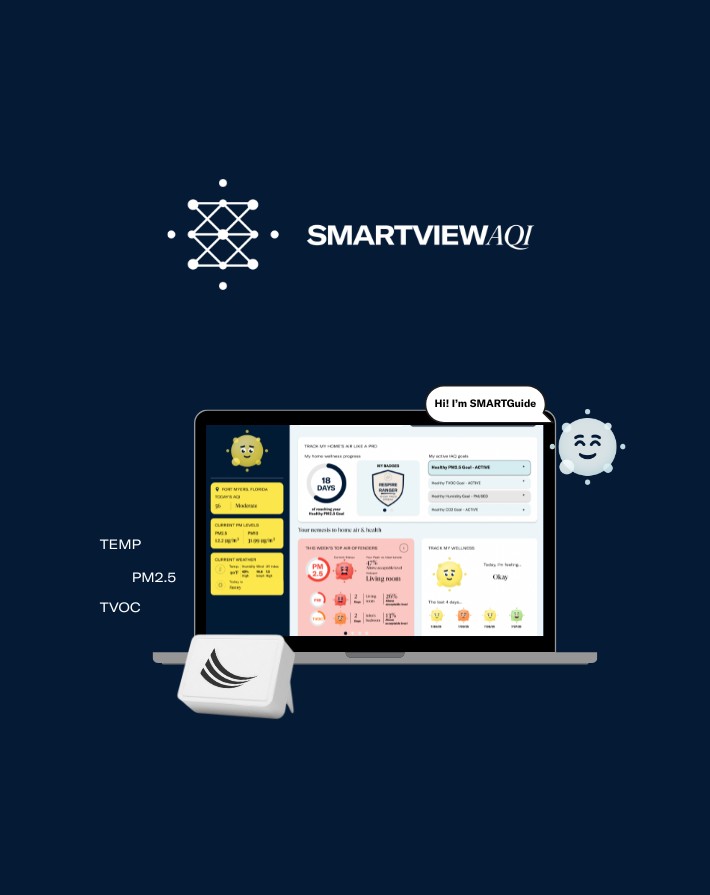It arrives quietly, without warning. Unlike a hurricane, you won’t see it swirling on the horizon. Unlike a thunderstorm, you won’t hear its crash. And unlike a heatwave, you won’t feel it beating down from the sky. Instead, it slips into your lungs and bloodstream, a silent stalker shaping your day without you even knowing its name: AQI, the Air Quality Index.
Just ask the people of New York City last summer, when wildfire smoke from Canada painted the skies an eerie orange. Schools closed. Flights were delayed. Joggers traded morning runs for Netflix marathons indoors. AQI dominated headlines, climbing into the “hazardous” range, making the Big Apple look like a dystopian movie set. Yet beyond the orange haze and scary photographs, the real damage was happening in ways most people didn’t see in their airways, in their fatigue, in their children’s coughs.
That’s the paradox of AQI: it’s both omnipresent and invisible. And unless you know how to read its signals, you won’t understand the story it’s telling about your health.
AQI: Your “Credit Score for the Lungs”
Think of AQI like a financial credit score. Most people know theirs, or at least whether it’s “good” or “bad,” but few can explain exactly how it’s calculated. AQI works the same way.
It takes the complexity of multiple pollutants like fine particulate matter (PM2.5 and PM10), ground-level ozone, carbon monoxide, sulfur dioxide, nitrogen dioxide, and translates them into a single number between 0 and 500. The lower the score, the better your air. The higher the score, the more dangerous each breath becomes.
- 0–50: Good (green light, breathe easy).
- 51–100: Moderate (yellow, sensitive groups take note).
- 101–150: Unhealthy for sensitive groups (orange, children, and asthmatics beware).
- 151–200: Unhealthy (red, now everyone is at risk).
- 201–300: Very Unhealthy (purple, cancel outdoor plans).
- 301–500: Hazardous (maroon, masks required, schools closed).
But here’s the catch: unlike your credit score, which you might check once a month, AQI changes hour by hour, block by block. You might walk out of your home into a leafy green neighborhood with a “moderate” AQI, but by the time you drive across town through heavy traffic, you’re breathing in air that qualifies as “unhealthy.”
This variability is exactly why generic AQI apps can leave people confused; they give citywide averages, not what you’re actually breathing in your kitchen, office, or child’s classroom. That’s where SMARTView AQI steps in, offering personalized, real-time data about the exact air around you, not just the nearest monitoring station.
The Invisible Weight of Bad Air

When air quality slips into dangerous territory, you don’t need a chart to tell you. You feel it. The tightness in your chest. The scratch in your throat. The lethargy that no amount of coffee fixes.
Science backs this up. Studies show that high PM2.5 days are linked not only to asthma attacks and respiratory infections, but also to sleep disruption, decreased focus, and even mood swings. One 2022 study found that elevated PM2.5 levels correlated with higher rates of depression symptoms in urban populations. Another revealed that bad air quality during the night can fragment sleep, leaving you groggy the next day.
But the most dangerous effect is often cumulative. Just like you wouldn’t notice your cholesterol rising until it creates a health crisis, chronic exposure to poor AQI slowly chips away at lung capacity, heart health, and long-term resilience.
The problem is, many people think they’re safe if they stay indoors. It feels intuitive: close the door, shut the windows, and let the outside world suffocate on smog while you sit safely on the couch. Except it doesn’t work that way. Indoor air can be two to five times more polluted than outdoor air, according to the EPA. Why? Because pollutants like VOCs (volatile organic compounds) from cleaning sprays, cooking fumes, and even furniture materials linger inside, while outdoor pollutants seep through cracks and ventilation systems.
This is why relying on a trusted air purifier like EnviroKlenz makes a measurable difference indoors. With hospital-grade filtration and patented technology originally designed for the U.S. military, EnviroKlenz units capture and neutralize the very pollutants that AQI numbers warn you about. Pairing this with SMARTView AQI monitoring means you’re not just guessing whether your purifier is working; you can see the real-time improvements in data on your dashboard.
Visualizing the Unseen

Picture this: two mornings, both 70 degrees and sunny. On one day, the AQI is 45. On the other, it’s 165. To the naked eye, they look the same. To your lungs, they couldn’t be more different.
On the AQI 45 morning, your jog feels refreshing. Your kids play outside without coughing fits. The office feels crisp and clear. On the AQI 165 morning, though, the jog feels like running through molasses. The kids complain of itchy eyes after recess. Your coworker across the desk sneezes and blames “allergies” when really it’s the smog outside sneaking through the ventilation.
The tragedy is that without tools like SMARTView AQI, most people never connect the dots. They blame themselves for being tired, blame seasonal allergies for scratchy throats, and blame poor sleep on stress. Rarely do they stop to ask: what if it’s the air?
SMARTView AQI exists to put numbers to those invisible feelings. The app doesn’t just show AQI, it breaks down the specific pollutants (PM2.5, TVOCs, CO2) affecting your environment, translates them into clear health insights, and even coaches you on next steps. Should you run the purifier harder? Cancel the jog? Open a window or close it?
That’s the power of moving from abstract numbers to actionable knowledge.
Why Knowing AQI Matters More Than Ever
In the past, bad air days were seasonal or occasional. Cities braced for “smog season.” Wildfire smoke was regional. Industrial accidents were local news. But climate change has rewritten the script. Wildfires now send smoke across entire continents. Heat waves drive up ozone formation. Urban traffic congestion creates daily surges of PM2.5.
In other words, AQI is no longer a niche interest for scientists or asthma sufferers. It’s a daily metric of health and well-being for everyone.
Here’s the truth: you check the weather before leaving the house. You check traffic before your commute. But how often do you check the air you’re about to breathe?
With SMARTView AQI, it becomes as natural as checking tomorrow’s forecast. And with EnviroKlenz purifiers running in your home or office, you don’t just monitor air quality, you actively improve it.
Conclusion: The Story AQI Tells
AQI is not just a number on a screen. It’s the silent stalker shaping your energy, mood, and long-term health. It’s the hidden factor behind a child’s wheeze, an athlete’s fatigue, an office worker’s afternoon fog.
But it doesn’t have to remain invisible. By understanding AQI — and using tools like SMARTView AQI for real-time monitoring and EnviroKlenz air purifiers for active protection, you can rewrite the story.
Instead of being stalked, you become the author. Instead of reacting, you anticipate. Instead of shrugging at fatigue and coughs, you see the invisible and act on it.
Because when it comes to air, ignorance isn’t bliss. Awareness is survival. And the right tools make survival feel a lot more like thriving.

EnviroKlenz® Medical Disclaimer:
“Any information that is provided on this website is not for the use by any commercial or personal entity without the expressed written consent of the blog author. The material and statements illustrated within this blog are not intended to diagnose, treat, cure, or prevent any diseases or medical conditions. Nor does the author in any way guarantee or validate the validity, totality, or efficacy of any claims and will therefore not be held responsible for the content of any claims. Always consult your medical physician for any specific medical advice or recommendations.”
